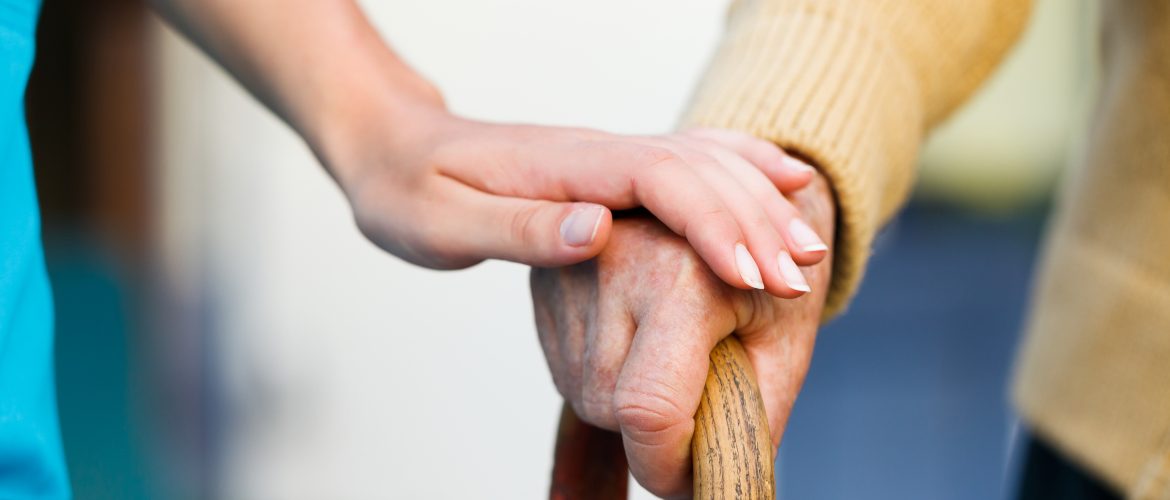On September 23, 2022, the Centers for Medicare & Medicaid Services (CMS) issued revised COVID-19 nursing home visitation guidance. The revision provides updated guidance for face coverings and masks during visits. Vaccination status was removed from the guidance.
According to the revision, facilities should provide guidance (e.g., posted signs at entrances) about recommended actions for visitors who have a positive viral test for COVID-19, are experiencing symptoms of COVID-19, or who have had close contact with someone with COVID-19. Visitors with confirmed COVID-19 infection or compatible symptoms should defer non-urgent in-person visitation until they meet Centers for Disease Control and Prevention (CDC) criteria for healthcare settings to end isolation. For visitors who have had close contact with someone with COVID-19 infection, it is safest to defer non-urgent in-person visitation until 10 days after their close contact if they meet criteria described in CDC healthcare guidance (e.g., cannot wear source control).
If the nursing home’s county COVID-19 community transmission is high, everyone in a healthcare setting should wear face coverings or masks. If the nursing home’s county COVID-19 community transmission is not high, the safest practice is for residents and visitors to wear face coverings or masks; however, the facility could choose not to require visitors to wear face coverings or masks while in the facility, except during an outbreak. The facility’s policies regarding face coverings and masks should be based on recommendations from the CDC, state, and local health departments, and individual facility circumstances. Regardless of the community transmission level, residents and their visitors when alone in the resident’s room or in a designated visitation area, may choose not to wear face coverings or masks and may choose to have close contact (including touch). Residents (or their representative) and their visitors should be advised of the risks of physical contact prior to the visit. If a roommate is present during the visit, it is safest for the visitor to wear a face covering or mask.
The revised guidance also says that the CDC currently recommends community transmission as the metric to guide select practices in healthcare settings to allow for earlier intervention, before there is strain on the healthcare system, including its workforce, and to better protect the vulnerable individuals seeking care in these settings. The community transmission metric is different than the COVID-19 community level metric used for non-healthcare settings. Nursing homes should use the community transmission level metric, not the community level metric. The revised guidance can be accessed here.
Issue:
Nursing homes have been severely impacted by COVID-19, with outbreaks causing high rates of infection, morbidity, and mortality. The vulnerable nature of the nursing home population combined with the inherent risks of congregate living in a healthcare setting have required aggressive efforts to limit COVID-19 exposure and to prevent the spread of COVID-19 within nursing homes. Although there is no limit on the number of visitors that a resident can have at one time, visits should be conducted in a manner that adheres to the core principles of COVID-19 infection prevention and does not increase risk to other residents. During peak times of visitation and large gatherings (e.g., parties, events) facilities should encourage physical distancing. Facilities may contact their local health authorities for guidance or direction on how to structure their visitation to reduce the risk of COVID-19 transmission.
Discussion Points:
- Review your policies and procedures for visitation and face coverings during the continuing pandemic. Update your policies as needed to incorporate CMS revised guidelines.
- Train all staff on the updated visitation policy and procedures. Document that these trainings occurred and file in each employee’s education file. In addition, ensure that residents and families are aware of the revised policy and procedures.
- Periodically audit to ensure that the new visitation guidelines are being followed, and that all staff are following proper infection control procedures.












































































